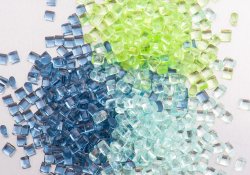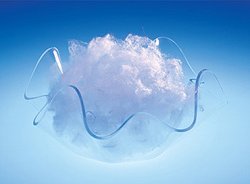About us
In this website, we review transformation technologies and plastic recycling specially Polyethylene terephthalate (PET) and also study the market situation and present scientific and experimental analysis from domestic and foreign artisans and also it will be possible to use this website for trading the products of this industry in future. On the other hand, the increasing expansion of plastic using and consuming and necessity for environmental protection against these useful and of course, contaminant products, have forced industry recycling activists to evaluate and improve the recycling technologies every day.
the most important subjects to study:
1- Polyethylene terephthalate production technologies
2-supply and demand statistic at international, regional and domestic level
3-Recycling technologies
4-The market situation and giving daily price indexes
5-The market analysis and to evaluate production obstacles PET
6-To evaluate production and recycling problems
7-To interview with industry activists and transferring their experiments
8-Marketing for the products of production cycle and recycling and review the export obstacles

Polyethylene terephthalate commonly abbreviated PET which counts as thermoplastic plastics and nowadays has a wide growth in various industries such as weaving, manufacturing, and packing which its main properties are resistance against breaking, hot and gas penetration, light weight and cheaper price than other packing materials like glass and metal.
Polyethylene terephthalate is a semi crystalline polymer from the family of polyester in which the D.L and D.Acid groups repeat intermittently. Major use of this polymer is in producing synthetic fibers which have the most consuming volume and the second place goes to the bottle production and its remained consuming is used for thermal formation and engineering tools. The existing order in polymer’s chain structure causes to increase crystalizing that is important for determining mechanical properties.
The existing phenyl group in the main chain gives hardening to skeleton and cause to raise Tg temperature and melting point. Its chemical resistance is like plastics (polyamide) which causes to have a very good penetration feature.
PET can be both Crystalline and Amorphous, and its crystallization rate is determined by thermal decomposition.
Many PET productions and fibres are provided by extrusion and cooling in the environment temperature. Since the highest speed for crystallizing occurs in about 170 °C, the crystallization degree can also be between melting point (Tm) and glass transferring temperature (Tg) and by annealing. Of course, the PET thermal degradation occurs in the range of 290 to -310 °C
































